Top 10 Misconceptions About Public Service Loan Forgiveness
Public Service Loan Forgiveness (PSLF) is a federal program designed to forgive the remaining balance on Direct Loans for borrowers who have made 120 qualifying monthly payments while working full-time for a qualifying employer. Qualifying employers include government organizations (federal, state, local, or tribal), not-for-profit organizations that are tax-exempt, and other types of not-for-profit organizations that provide qualifying public services.
PSLF can be highly beneficial for borrowers for several reasons. It can provide a pathway to debt relief for individuals who commit to long-term public service careers, such as in government or non-profit sectors, where salaries may be lower compared to the private sector. It incentivizes borrowers to pursue careers that benefit society by reducing financial barriers associated with high student loan debt. PSLF also encourages workforce retention in critical public service roles, ensuring a stable and qualified workforce in areas such as education, healthcare, and public safety. These factors collectively support economic mobility and the public good by making education debt more manageable for those serving their communities.
To qualify for forgiveness, borrowers must be enrolled in a qualifying repayment plan (such as Income-Driven Repayment plans) and must make all 120 payments while meeting the program’s employment and other requirements. Since these requirements and rules can be complex, borrowers might find it difficult to navigate this program. Here are some common misconceptions about PSLF.
- Belief That All Loans Qualify
Many borrowers assume that all federal loans are eligible for forgiveness. However, only Direct Loans qualify for PSLF. Other federal loans like FFEL or Perkins Loans must be consolidated into a Direct Consolidation Loan to become eligible.
- Misunderstanding Qualifying Payments:
Some borrowers think that any payment they make counts toward the 120 qualifying payments. In reality, only payments made under an income-driven repayment plan or the standard 10-year repayment plan count. Additionally, the payments must be made while working full-time for a qualifying employer.
- Employer Eligibility Confusion:
Borrowers often believe that working for any non-profit organization or in any public service role qualifies them for PSLF. However, the employer must be a government organization or a 501(c)(3) non-profit. Some other non-profits may qualify, but the organization must provide a specific type of public service to be eligible.
- Incomplete Documentation:
Many borrowers don’t realize the importance of submitting the Employment Certification Form (ECF) annually or whenever they change employers. This form confirms that their employer qualifies and that they have made qualifying payments during that period.
- Wrong Repayment Plan Assumptions:
Some borrowers think they can switch to a different repayment plan, like an extended or graduated plan, and still qualify for PSLF. Only payments made under specific plans, particularly income-driven repayment plans, qualify.
- Expecting Immediate Forgiveness:
There is a misconception that forgiveness happens automatically after making 120 payments. In reality, borrowers must apply for forgiveness, and the application process can take several months for the Department of Education to process and approve.
- Qualifying Payment Start Date Confusion:
Some borrowers mistakenly believe that qualifying payments start as soon as they begin repaying their loans. Qualifying payments only start counting after they have enrolled in an eligible repayment plan while working for a qualifying employer.
- Forgetting About Loan Servicer Issues:
There can be a lack of awareness about potential issues with loan servicers. Servicers may provide incorrect information or fail to correctly track qualifying payments. It’s important for borrowers to keep their own detailed records and verify their payment history regularly.
- Assuming PSLF is the Only Option:
Borrowers may not be aware of other forgiveness programs, such as those offered by states or specific fields, that might provide additional or alternative relief.
- Ignoring Tax Implications:
There is often a misunderstanding about the tax implications of loan forgiveness. While PSLF is tax-free, other forgiveness programs might consider the forgiven amount as taxable income.
My Education Solutions has successfully managed many clients through the PSLF program, all the way through completion and resulting in forgiveness from the government. If you want to experience the freedom from student loan debt, reach out to one of our experienced Advisors today. The call is completely free with no upfront payment required. 210-405-2610
Start Your Free Consultation Today
Ready to experience the MES difference? Start your free consultation now and let us handle the stress of student loan management for you. Don’t let servicer errors dictate your financial health—take the first step towards a worry-free future with MES.
Disclaimer:
My Education Solutions is not a financial institution or affiliated with a financial institution. My Education Solutions does not provide financial services or advice. Our services and products are intended for managing student loans only. Any information provided or transactions conducted through our platform should not be construed as financial advice. My Education Solutions shall not be held liable for any decisions made based on information obtained through our platform.



